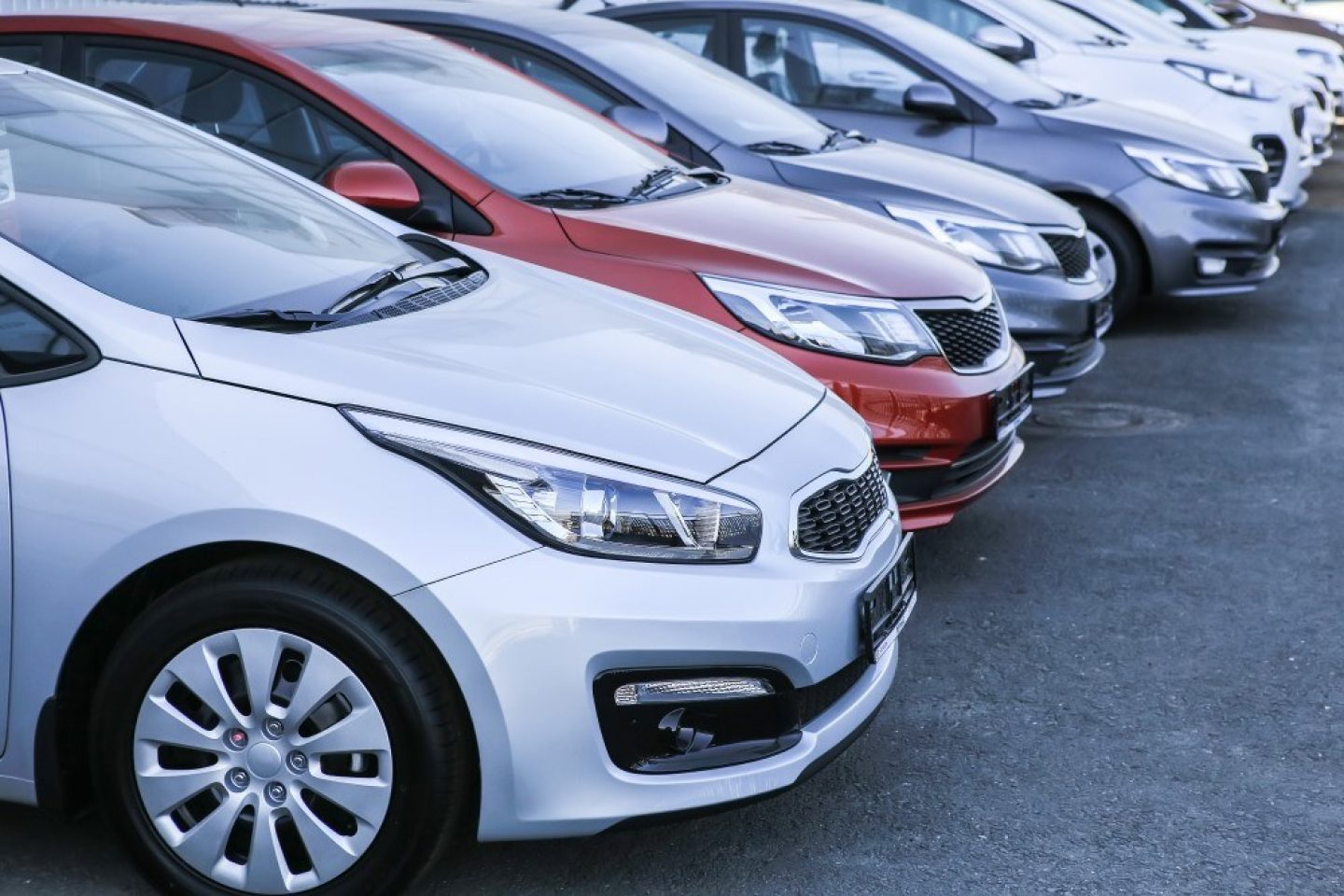Vehicle advertising also asks us to consider whether a brand or vehicle type somehow reflects our personality, if that kind of thing is important to you. And of course, can all these requirements be met within one’s available budget – and if not, where are you willing to compromise?
One further factor for consideration is vehicle safety, but how can a car buyer assess the safety of their potential purchase? The Euro NCAP (European New Car Assessment Programme) star ratings provide data to enable benchmark comparisons between vehicle models. Founded in 1996, the approach started by putting vehicles through a standardised set of crash tests to see how well they protected occupants and awarding star ratings on that basis. These have been a tremendous success in educating road users about vehicle safety and in encouraging manufacturers to produce vehicles that achieve the highest (five star) score.
However, the assessment criteria have evolved over time. Rather than only consider crash protection, the ratings now include elements that assess how well a car can avoid becoming involved in a crash – for example, by testing the performance of its electronic stability control (ESC) and automatic emergency braking (AEB) systems. They also now consider how well a car might protect other road users. There are procedures that evaluate the likely extent of injuries if the car were to hit a pedestrian, assessing head and leg impacts. The AEB tests also investigate the perform of systems in detecting and avoiding pedestrians and cyclists. Undoubtedly, Euro NCAP star ratings are a very useful tool in choosing a safe car.
The Euro NCAP tests will continue to evolve to account for the latest developments in road safety and collision avoidance technologies and there are certainly a wide range of safety systems on the market and in development. For example, new Skodas can now be equipped with a system that alerts drivers if they are heading the wrong way on a highway exit (i.e. heading towards oncoming traffic) and share that alert with other vehicles in the vicinity to warn drivers of this hazard. Forthcoming alertness detection systems will monitor drivers to make sure they are paying suitable attention to the road ahead. Although self-driving cars are not a reality yet, the sensor and software systems being developed to enable automated vehicles are contributing to safer driving. Future collision avoidance systems won’t just brake for hazards but may also steer round them if it is safer to do so. Understanding what safety technologies are present on a vehicle and how they deliver safer driving may be an important consideration in choosing a car.
The term ‘primary safety’ is the ability of a vehicle to avoid a crash and ‘secondary safety’ reflects how well the vehicle can protect occupants and other road users if a crash does take place. So what is ‘tertiary safety’? This refers to how the vehicle can help road users after a collision. The best example of a tertiary safety system is eCall. An abbreviation of ‘emergency call’, this is a system that was made mandatory on all new cars sold in Europe from April 2018 and that sends vehicle location and sensor information to emergency services following a significant crash, facilitating their rapid response to the incident. Choosing a vehicle with the eCall system may be a lifesaver if the worst were to happen.
We also have to recognise that safety doesn’t end with the choice of car. Even the safest vehicle can cause a serious incident if it is driven badly or is poorly maintained. After purchase, there remains a responsibility on the driver to ensure that their vehicle is in a suitable state to use on the roads for each trip and that maintenance, servicing and MOT tests are completed as required. Finally, a buyer should consider whether a car is needed at all. Public transport modes are safer and greener per mile whilst active travel modes can help personal fitness levels and decrease the incidence of obesity, diabetes and heart disease, thereby reducing the burden on the NHS.
Buying a car can be a difficult and complicated matter and, for many, represents a huge but relatively rare financial investment. Vehicle choice needs to be right. Although one may be attracted by a car with the latest entertainment system at a bargain price, its safety performance may be the difference between life or death of the occupants or other road users in the event of a collision. Amidst all the other factors, car buyers must give safety the importance it deserves.
Nick Reed
Founder of Reed Mobility and Chief Road Safety Adviser at National Highways



